02 Jun
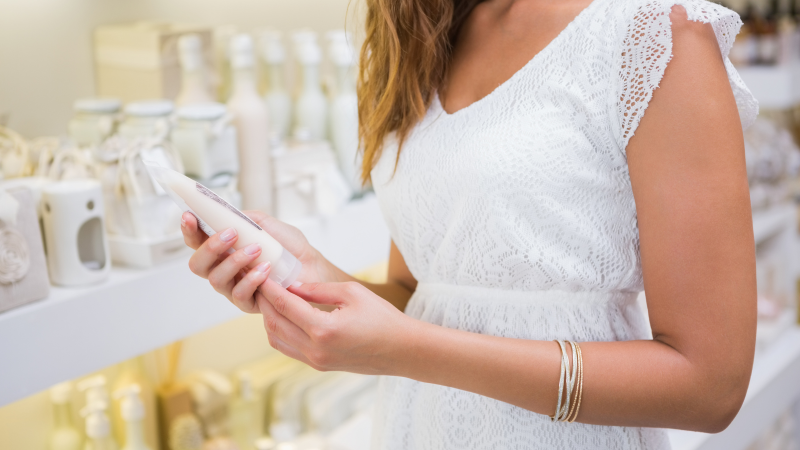

0 Comment(s)
76 View(s)
Reading cosmetic labels can be a bit tricky at first, but once you know what to look for, you'll be able to make more informed decisions about the products you use. Here are some tips to help you navigate the world of cosmetic labels:
1. Understand the Ingredients List
- Order of Ingredients: Ingredients are listed in descending order by weight. This means that the first few ingredients make up the majority of the product. If beneficial ingredients are listed at the bottom, their concentration might be too low to have any significant effect.
- Recognise Common Ingredients: Familiarise yourself with common ingredients and their functions. For example, “Aqua” is just water, “Glycerine” is a moisturizer, and “Sodium Lauryl Sulphate” is a detergent that can be harsh on the skin.
- Scientific Names: Ingredients often have scientific names, so it may be helpful to keep a glossary or use a reliable online resource to look them up.
2. Look for Potential Irritants
- Fragrances and Dyes: These can cause skin irritation and allergies. Look for products labelled “fragrance-free” or “unscented.”
- Paraben and Sulphates: Some people choose to avoid these due to concerns about skin irritation and potential health risks, although the scientific consensus on their safety is still debated.
3. Identify Beneficial Ingredients
- Antioxidants: Ingredients like Vitamin C, Vitamin E, and Green Tea Extract help to protect the skin from damage.
- Moisturisers: Look for Hyaluronic Acid, Glycerine, and Ceramides to help retain moisture.
- Exfoliants: Ingredients like Salicylic Acid and Glycolic Acid help to remove dead skin cells and promote skin renewal.
4. Check for Allergens
- If you have known allergies, check the label carefully for those specific ingredients. Common allergens include certain preservatives like Methylisothiazolinone and natural extracts like Lanolin.
5. Understand the Labels and Certifications
- Hypoallergenic: This means the product is less likely to cause allergic reactions, but it’s not a guarantee.
- Non-comedogenic: Indicates the product is formulated to not clog pores.
6. Expiration Dates
- Expiration Date: Some products, especially those with active ingredients like sunscreens and acne treatments, come with an expiration date. Using products past this date can reduce their effectiveness.
7. Marketing Claims
- Be cautious of marketing buzzwords like “dermatologist-tested” or “clinically proven.” These terms are not strictly regulated and may not always mean what you think.
8. Research and Reviews
- Before making a purchase, research the product and read reviews from other users. Sometimes, real-world feedback can provide insights that labels cannot.
By taking the time to read and understand cosmetic labels, you can make better choices for your skin health and overall well-being. Always remember that the best product for you is one that suits your specific skin type and addresses your unique concerns.
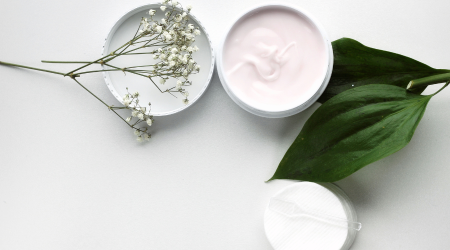






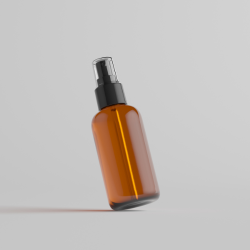

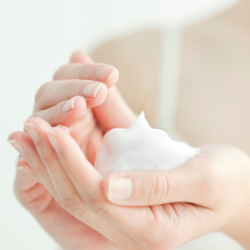

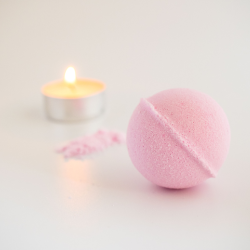





Leave a comment